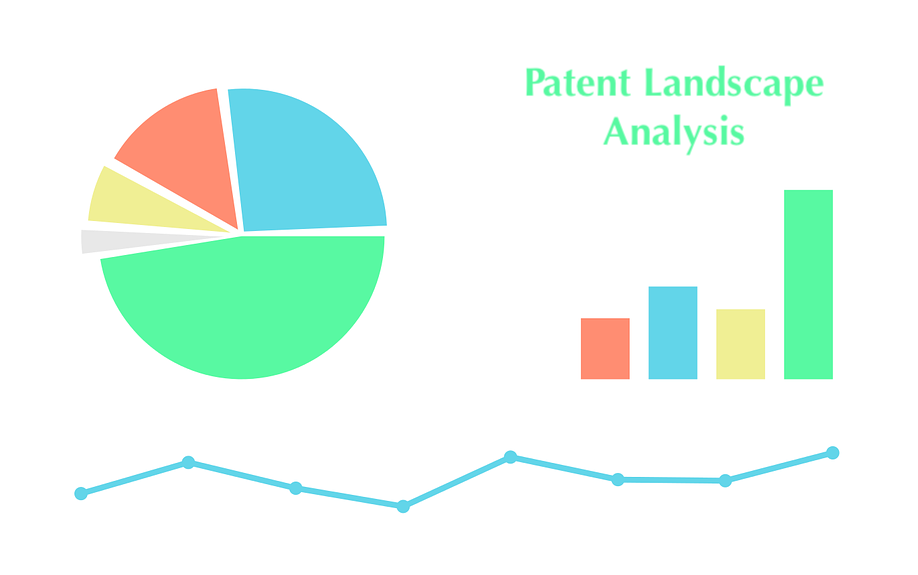
What is Patent Landscaping?
“Landscape” generally denotes all the visible features of an area of land. Similarly, “Patent Landscaping” is a process to create an overview of patents that are pending or in process in a particular area. In a manner, it can also be defined as a process of mapping existing, pending, and patents in place in one specific area. There are many formats to report the analysis, like research reports published by the World Intellectual Property Organization, 3D maps, integrations of various studies, etc.,
The many uses of patent landscaping include:
* supporting the development of a company’s IP strategy (including the freedom to operate, white space, and patentability analysis);
* understanding the competitive landscape in R&D-intensive fields;
* identifying emerging technologies and technology trends within an industry;
* supporting improved targeting of innovation and industrial policies, and evaluation of their impact; and
* identifying networks of inventors and knowledge flows within industries and between countries.
Why is patent landscape analysis generally conducted?
A landscape analysis is not just done for the sake of it. It always is done based on a particular reason. A Patent Landscape analysis is generally done to comprehend one or more of the following:
+ For businesses that look forth to develop a new product in a particular area;
+ To help companies evolve and build their business strategies or plans;
+ To help companies identify their competitors;
+ To help companies determine which particular area does not contain a lot of patents;
+ To help minimize risk and identify areas for future growth.
Benefits of Patent Landscaping:
A Patent Landscape analysis helps make informed decisions and increases the degree of confidence. Through its data, Patent Landscapes allows decisions based on evidence and informed choices and identifies areas for future growth.
The most significant benefit you derive from a patent landscape analysis includes a deep insight into the technology, product, and competition in the territorial area you’ve chosen to conduct your search. From the study, you’re to acquire a broader understanding of the following aspects mentioned below:-
– General innovation/ technology trends- identification of promising areas of technology;
– Comparison of trends in technological sub-sectors in contrast to broader fields;
– Identification of overdeveloped areas;
– Top patent applications/critical players in an area of technology;
– The type of linkages that exist between critical inventors and applicants;
– Development in the scope and duration of patent protection.
Process for Patent Landscaping:
In short, for patent landscaping, computer software coupled with human intelligence is employed to survey, organize, and report on essential data related to the reason behind the patent landscaping. A patent landscape, once completed, helps the beneficiary derive significant legal, technical, and business information from the analysis or the report.
Contents in a Patent Landscape:
A patent landscape analysis, as it sounds, is not an exhaustive list of patents. It is instead a concise report on the patent situation, at a particular time, in a given country, region, or continent. In general, it helps you identify your competitors in the existing relevant patenting market or new entrants per se in the same line of patenting business.
The contents of the patent landscaping analysis help you gain current awareness of a given technology and help you formulate development strategies that would help you expand and improve on that particular art. The contents of every report differ from one another, as it is topic-specific. The research done for the patent landscape analysis strictly differs from one another in terms of why the analysis is done and for whom. The actual contents present are:
Objective and Scope of the Report;
Search methodologies;
Non-technical and Technical Analysis;
Current and emerging trends analysis;
International patent classification and sub-classification-based trends;
Key technological trends;
Patent Portfolio Analysis and
Executive Summary.
Conclusion:
From the above, it proves to be a beneficial tool for policy and decision-making. It enables businesses to redirect their activities, and to venture into technological spaces, according to which situation seems favorable to them, based upon the analysis from the landscape report.
